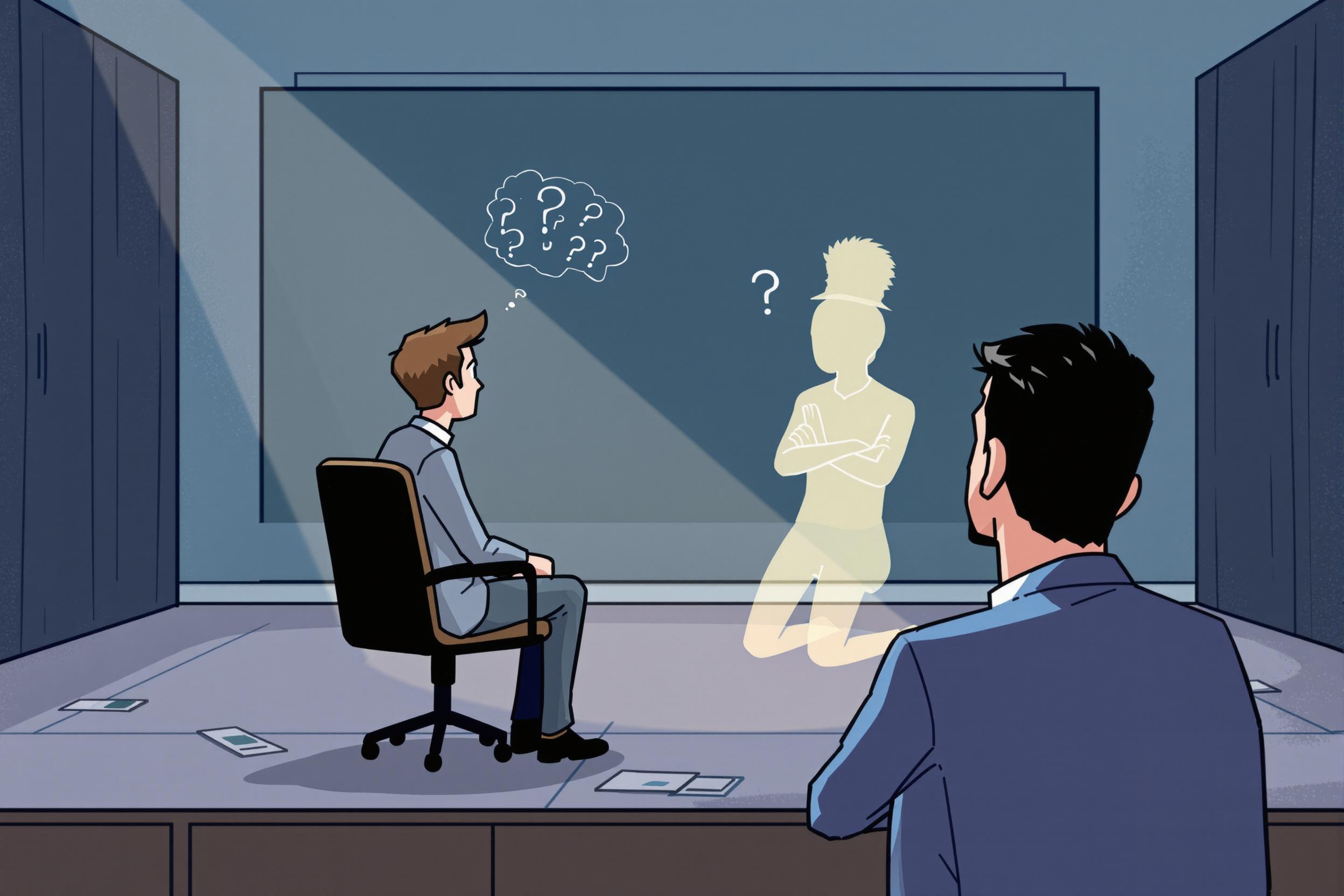
Stage Combat
Stage Combat is the art of creating safe, believable fight scenes for theater, film, and television. It's like choreographed dancing, but instead of dance moves, performers act out fight sequences without actually hurting each other. This skill is essential in entertainment productions where characters need to appear to be fighting, falling, or engaging in other physically dramatic actions. Similar terms include fight choreography or theatrical combat. Think of it as creating the illusion of violence while keeping everyone safe, much like how a magician creates illusions for their audience.
Examples in Resumes
Certified instructor in Stage Combat and Theatrical Combat techniques
Choreographed over 20 Stage Combat sequences for regional theater productions
Led Stage Combat workshops and safety training for cast members
Typical job title: "Stage Combat Choreographers"
Also try searching for:
Where to Find Stage Combat Choreographers
Professional Organizations
Job Resources
Training Resources
Example Interview Questions
Senior Level Questions
Q: How do you approach choreographing a complex fight scene with multiple performers?
Expected Answer: A senior fight director should discuss safety protocols, rehearsal scheduling, working with different skill levels, and how they break down complex sequences into manageable parts while maintaining the story's dramatic needs.
Q: How do you adapt combat choreography for different performance spaces?
Expected Answer: Should explain how to modify fight scenes for various venues (small stages vs. large theaters), different camera angles for film, and how to ensure safety in different environments while maintaining the scene's impact.
Mid Level Questions
Q: What safety measures do you implement when teaching stage combat?
Expected Answer: Should describe proper warm-up procedures, equipment checks, partner communication methods, and how they gradually increase difficulty levels while maintaining safety.
Q: How do you work with performers of different skill levels in the same scene?
Expected Answer: Should explain methods for adapting choreography to different ability levels while making the scene look cohesive, and how to build confidence in less experienced performers.
Junior Level Questions
Q: What are the basic safety rules in stage combat?
Expected Answer: Should be able to list fundamental safety principles like maintaining safe distances, proper weapon handling, importance of eye contact, and never working without proper supervision.
Q: How do you ensure clear communication with your combat partner?
Expected Answer: Should explain basic partner communication techniques, including verbal and non-verbal cues, safety words, and the importance of rehearsal pacing.
Experience Level Indicators
Junior (0-2 years)
- Basic unarmed combat techniques
- Understanding of safety protocols
- Simple sword fighting sequences
- Basic falling techniques
Mid (2-5 years)
- Multiple weapon proficiency
- Teaching basic combat classes
- Complex fight choreography
- Safety supervision experience
Senior (5+ years)
- Fight direction for major productions
- Multiple combat style mastery
- Advanced safety certification
- Production consultation expertise
Red Flags to Watch For
- No formal stage combat training or certification
- Lack of emphasis on safety protocols
- No experience with different performance venues
- Unable to demonstrate proper technique execution
Need more hiring wisdom? Check these out...

Virtual Reality in Certification Exams: How VR is Transforming Specialized Training

Stop Training Like It's 1999: The Unconventional Guide to Upskilling Your Team for the Future

Ghosted Again? How to Stop Candidates from Disappearing and Start Engaging Them Better

